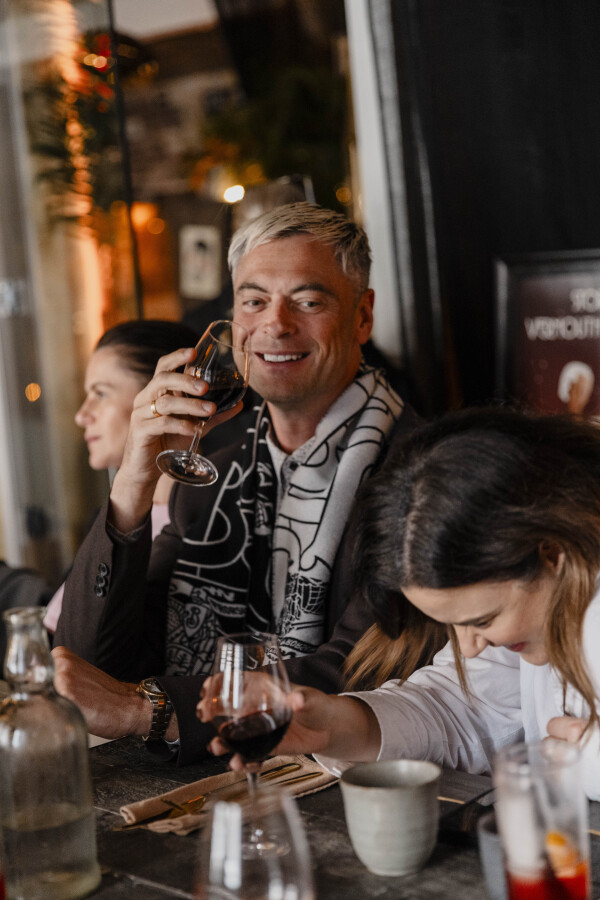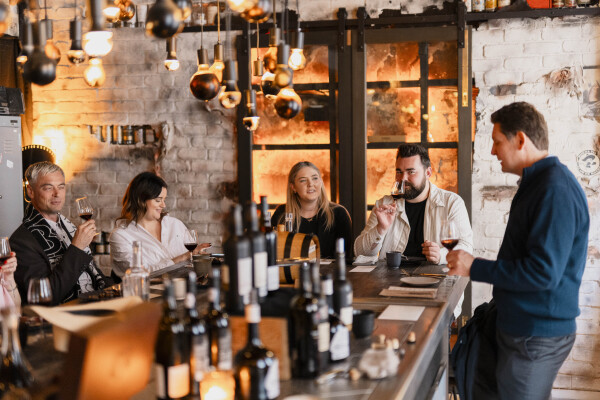How one maker blends tradition, skill and patience to create port that lasts
At Panacea, Robert Bower, UK-based brand ambassador for Taylor’s, led a masterclass that highlighted the care and craft behind one of the world’s most respected ports. Founded in the 17th century, Taylor’s is known for wines that combine power and complexity with bright red-berry notes.

Image credit: Taylor's Port
Bower described port as a ‘full orchestra’, contrasting it with Burgundy, which he likens to a soloist. The winemaker is the conductor, viticulturalists the teachers, and each grape variety plays its part. Every blend draws on dozens of lots, each contributing character, until the wine reaches the house’s precise balance.
Innovation sits alongside tradition. In 2001, Taylor’s introduced a robotic piston system to replicate the old foot-treading method, ensuring consistency without sacrificing style.
Port is versatile. Tawnies can age for decades, developing nutty, caramel notes, while vintage ports remain bold and structured for years. Simple pairings—blue cheese, dark chocolate, roasted nuts—bring out its richness, though it is complex enough to stand on its own.

Image credit: Taylor's Port
How to Taste Taylor’s Port
Serve port slightly below room temperature—around 16–18°C for vintage or ruby ports, slightly cooler for tawnies. Use a small glass to concentrate the aromas.
Notice the colour: deep ruby for younger styles, tawny with amber edges for aged ports. On the nose, expect red-berry fruit in younger wines, and notes of caramel, nuts, and dried fruit in older tawnies.
Sip slowly. Vintage ports are bold and structured, while tawnies are softer, with lingering sweetness balanced by acidity. Simple pairings can enhance the flavours, though a good port stands well on its own.
It might feel retro, but I’m a believer that port is not just a wine of the past. It is carefully made today, combining skill, patience and attention to detail, with each element contributing to a glass that is rich, balanced and full of character.




